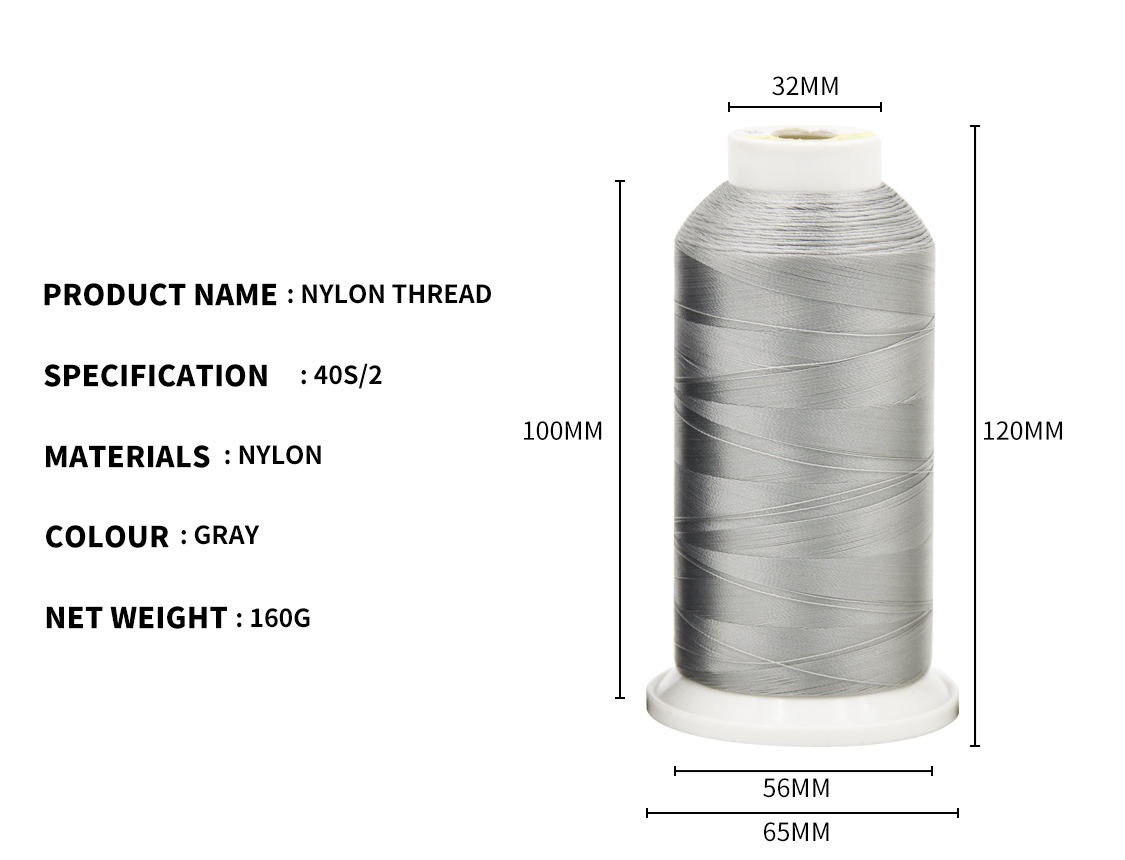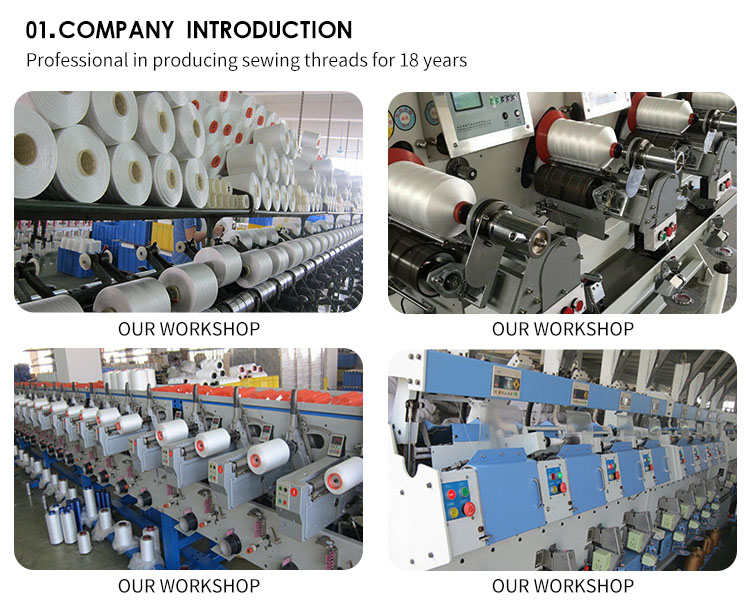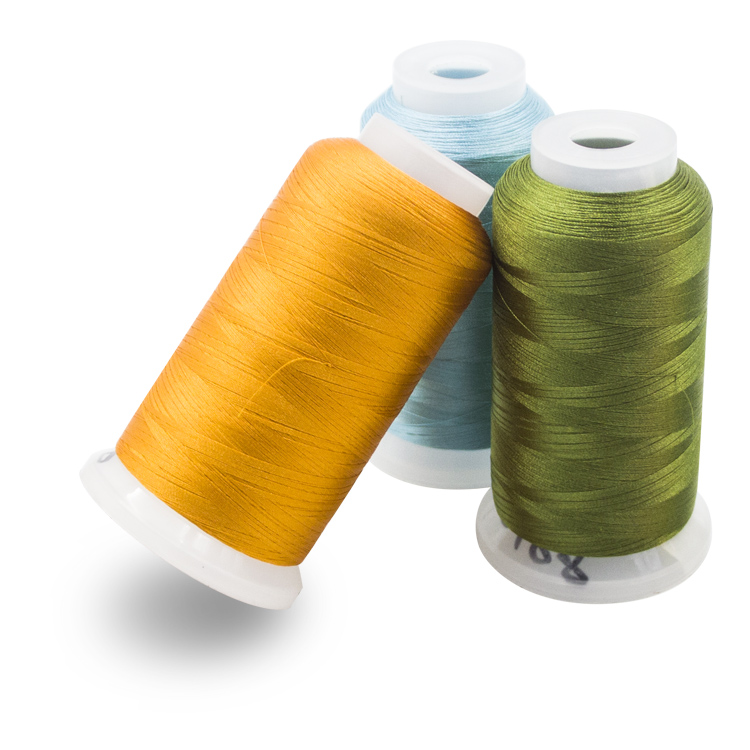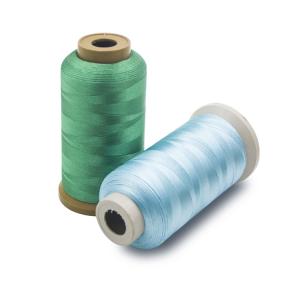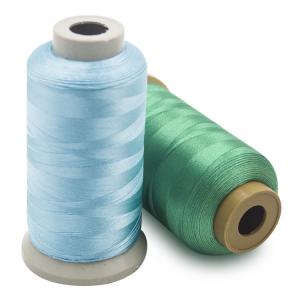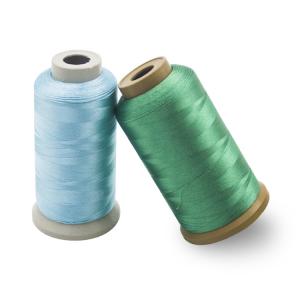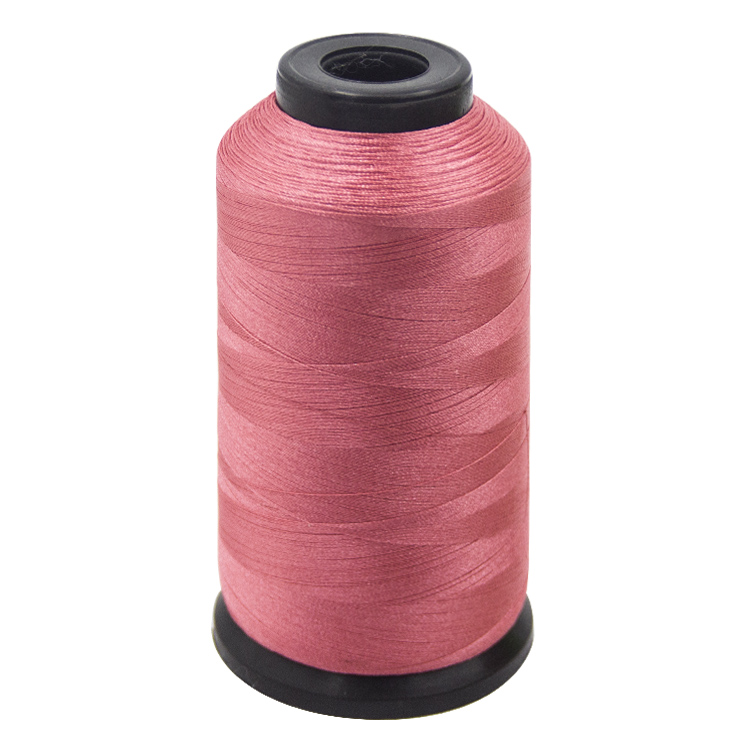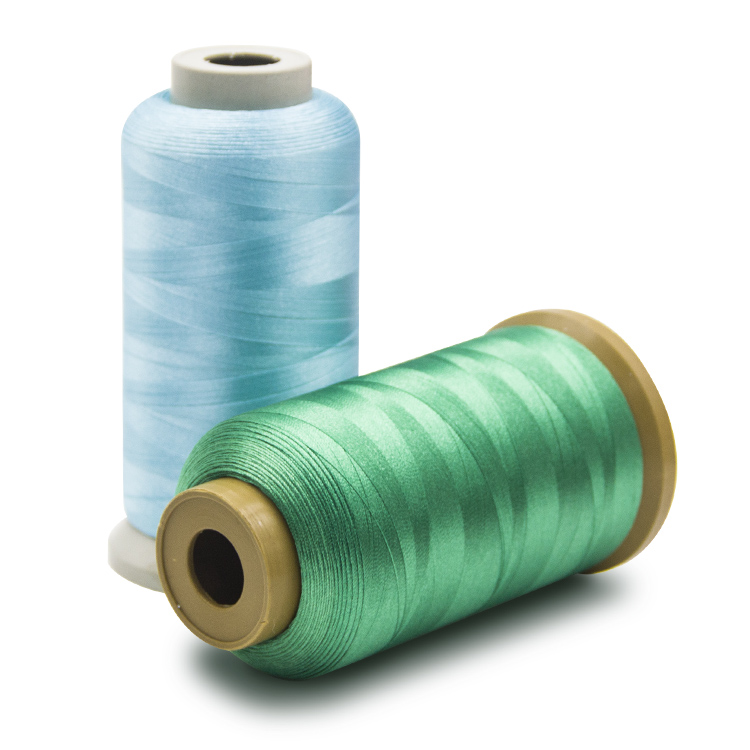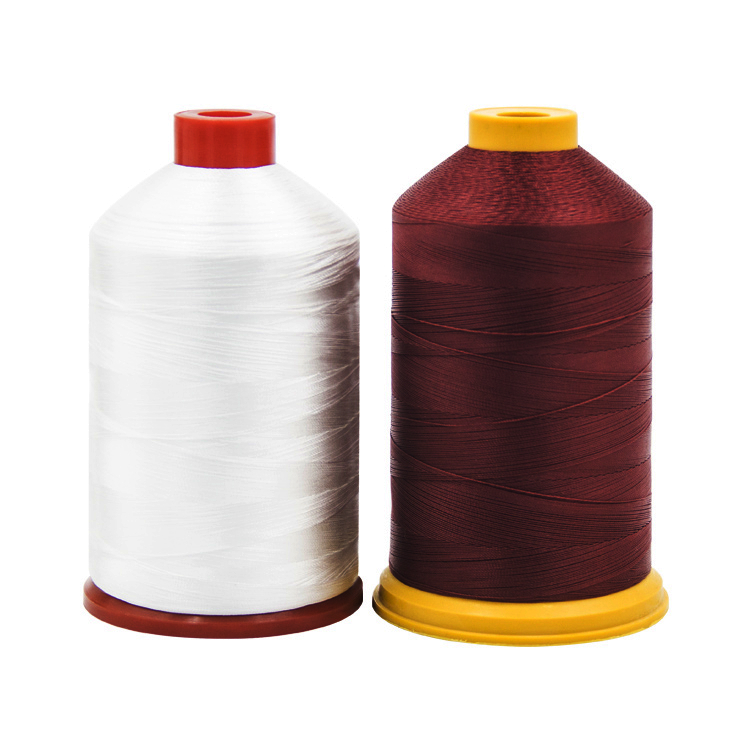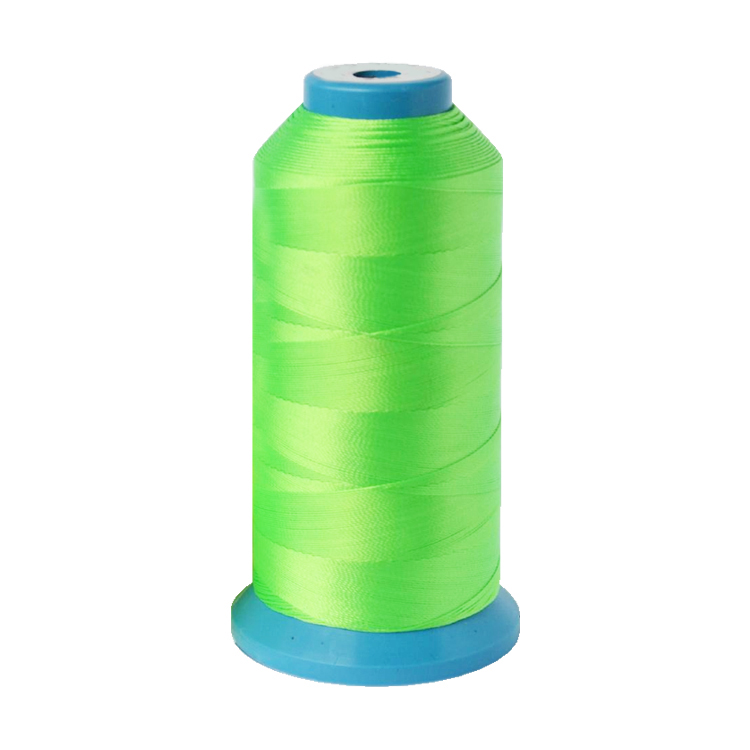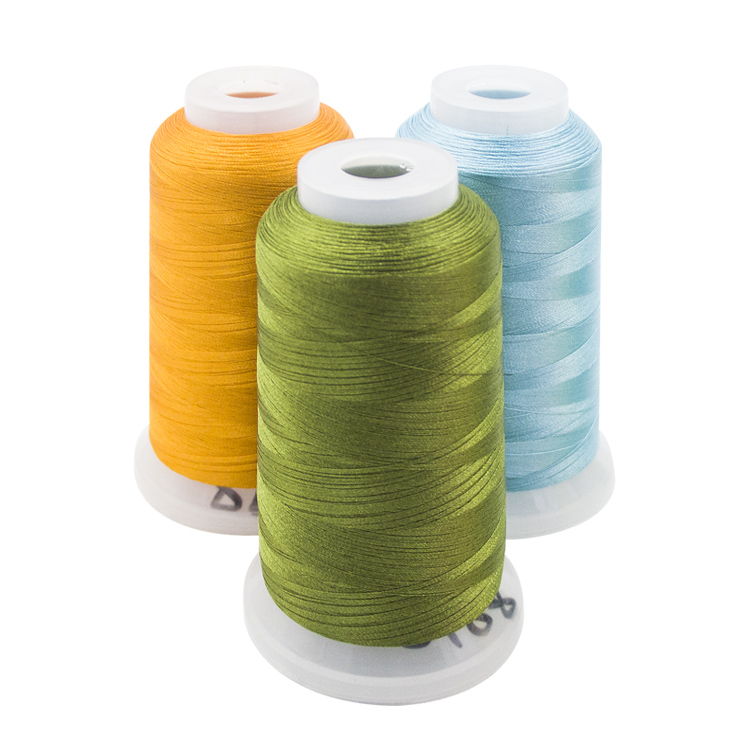Share to:
Related Products
High quality wholesale nylon invisible thread
LQ-13-03
Price: From $0.66
Material:100% nylon
Pattern:Raw
Use:Knitting, sewing
Yarn type:Filament
Feature:Elastic, low shrinkage, chemical-resistant, abrasion-resistant, high tenacity, Eco-friendly, abrasion resistance,chemical resistance
Technics:Mercerized, filament & twist
Yarn count:0.12mm
Weight (g/ball):90-200g
Diameter:0.10mm,0.12mm,0.15mm,0.18mm,0.20mm
Color:Transparent & black,customized
Strenth:High strength
Meter/cone:7500meters or as your request
Application:For shoes,bags,leathers,decorations,industrial products,etc.
Sample:Free sample to test
Nylon bondi thread is the main sewing thread in the market at present.
The biggest advantage of nylon bondi thread is that it has no loose strands.
By twisting 100% continuous nylon fibers thread with each other, bonding the inner strands through special technology, the purpose of needle car not loose strands can be achieved through stereotyping treatment.
With the lubrication treatment of silicone wax thread oil, sewing effect can be achieved, such as smooth sewing, firm stitching, smooth texture, etc.
It is a sewing line for high-grade leather goods, bags and extra-thick and extra-hard fabrics.
Brand: Liqi; Color: Black and white stock, special color can be customized, delivery within 3 days. Model: 150D/3; 210D/2210D/3; 250D/3; 280D/3; 420D/3; 630D/3; 840D/3; 1050D/3; 1260D/3.
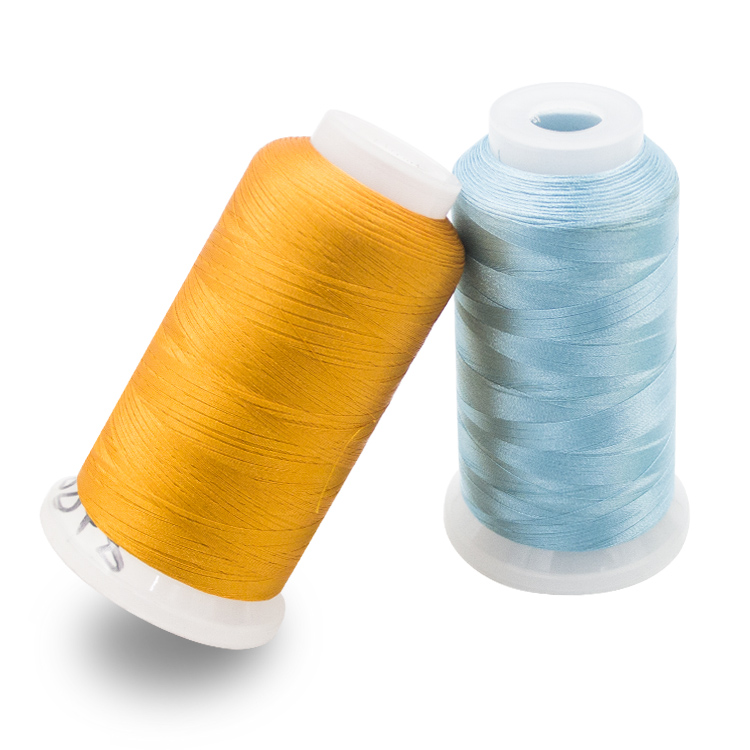
Nylon sewing thread is used to sew shoes, bags, toys, clothing fabrics and other accessories. It has dual functions of practicality and decoration.
The quality of nylon sewing not only affects sewing effect and processing cost, but also affects the appearance quality of finished products.
People engaged in the garment industry must understand the general concept of sewing, twist, the relationship between twist and strength, sewing classification, characteristics and main uses, sewing selection and other knowledge, the following is a brief introduction.
Our company specializes in the production and sale of polyester sewing thread, high-strength thread, nylon sewing thread color, specifications, variety, spot, reasonable prices are welcome to call the purchase.
The concept of nylon yarn thread carding (carding) refers to yarns that are textured by only one end of the carding process.
Nylon combing yarn thread refers to the yarn that combs both ends of the fibers with a comber.
The impurities have been removed and the fibers are more straight.
Blended yarn refers to the yarn of two or more fibers of different properties mixed together.
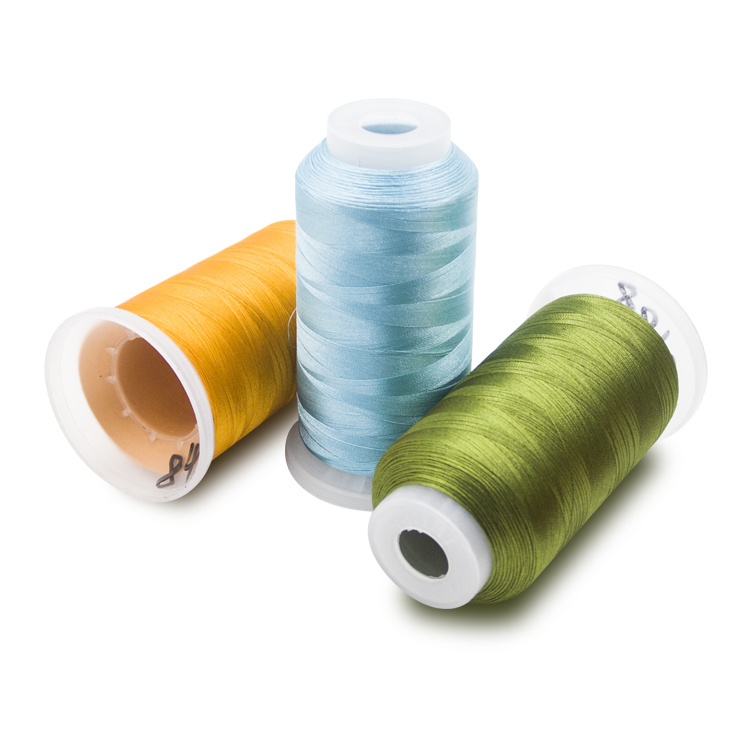
Single yarn refers to the direct formation on the spinning frame, once untwisted, it will disperse, referred to as yarn.
Thimble yarn refers to two or more yarns twisted together, referred to as yarn.
Sewing thread refers to the general term used for sewing garments and other sewing products.
New spinning is different from traditional ring spinning, one end is free end, such as air spinning, friction spinning and so on. The yarns are twisted together, without twist.
Yarn count is an index used to indicate yarn fineness.
It mainly includes British count, metric count, special count and denier count.
Conception of twist of nylon yarn thread: The relative angular displacement between cross sections of nylon yarn thread is produced by twisting the fiber structure of nylon yarn thread, and the structure of the yarn is changed by tilting the straight fibers and the axis.
Twisting can make the yarn have some physical and mechanical properties such as strength, elasticity, elongation, gloss and feel.
Twisting number per unit length is used to express the number of twists per inch (T.P.I) or the number of twists per meter (T.P.M).
Nylon thread twist: Rotate 360 degrees around the axis for one twist.
Nylon thread twist (S or Z): The inclined direction of the helix formed by rotation around the axis when the yarn is vertical.
The tilt direction of nylon yarn thread S twist is the same as that of the middle part of the letter S, that is, the right hand direction or clockwise direction.
The tilt direction of the twist of nylon thread Z is the same as that of the middle part of the letter Z, i.e. left-handed direction or counter-clockwise direction.
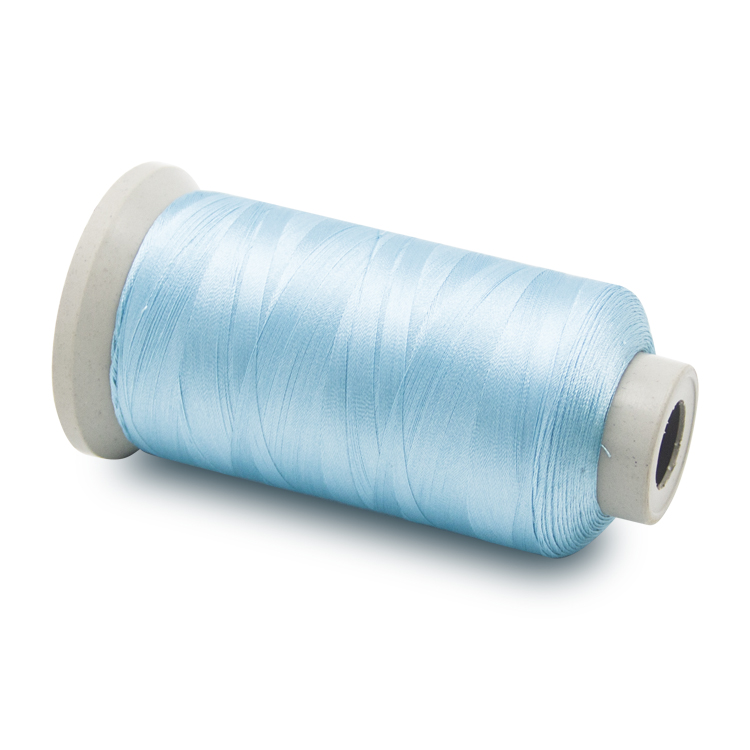
The relationship between twist and strength of nylon yarn thread: Twist of nylon yarn thread is proportional to strength, but after a certain twist, strength decreases.
The twist of nylon yarn thread is too big, twist angle increases, gloss of yarn is poor, hand feeling is poor, and the twist is too small, hairiness and hand feeling are loose.
This is because the increase in twist increases the friction resistance between fibers and increases the strength of the yarn.
However, with the increase of twist, the axial force of yarn decreases, and the stress distribution of internal and external fibers is uneven, which leads to the inconsistency of fiber breakage.
In a word, the fracture property and strength of nylon yarn thread are closely related to twist.
Twist and twist direction are determined according to the requirements of finished products and post-processing, generally Z twist direction.
High-grade nylon sewing thread is made of super-long nylon fibers thread twisted together, multi-stranded and twisted.
It is highly lubricated with nylon material.
Compared with other types of sewing materials, Nylon bondi thread has better wear resistance, excellent toughness, small shrinkage rate, high elasticity and 100% elasticity recovery when stretched to 3-6%.
Its proper name is nylon thread, and some people call it elastic line and polyamide line, as well as Dupont line.
It is suitable for all kinds of leather bags, shoe mouths, underwear, jeans, elastic thread, flying shoe thread, inner thread, cotton yarn with good tension, and automobile seat belt.
